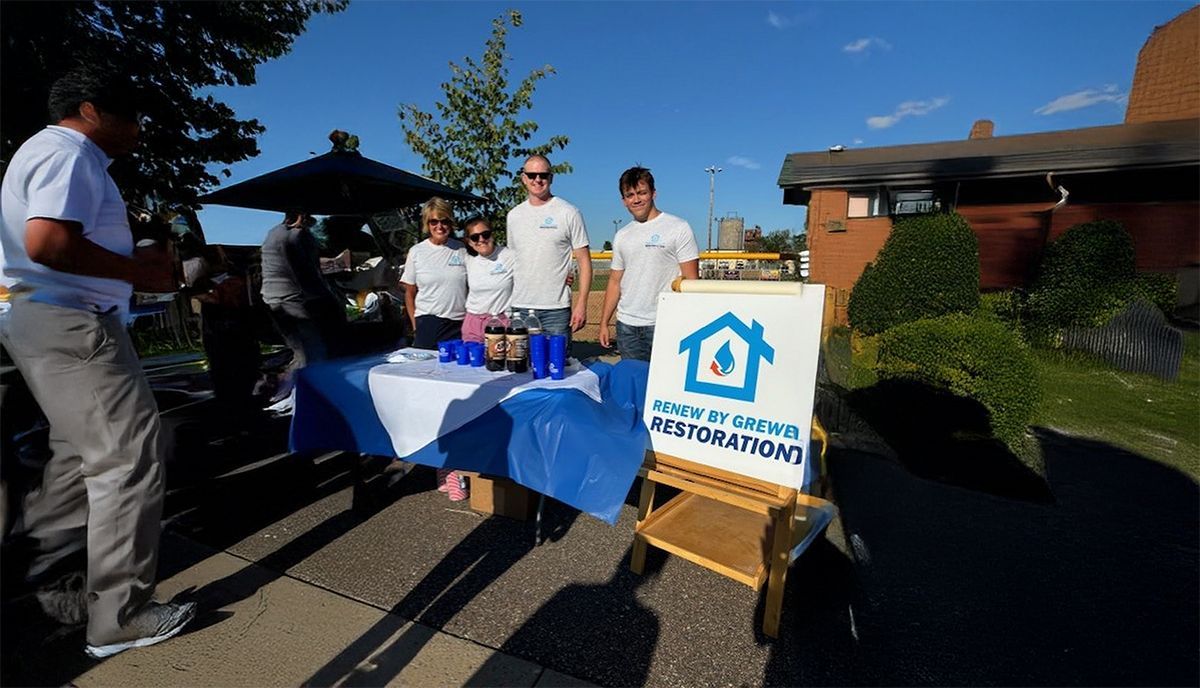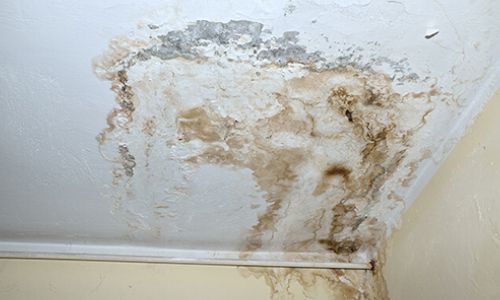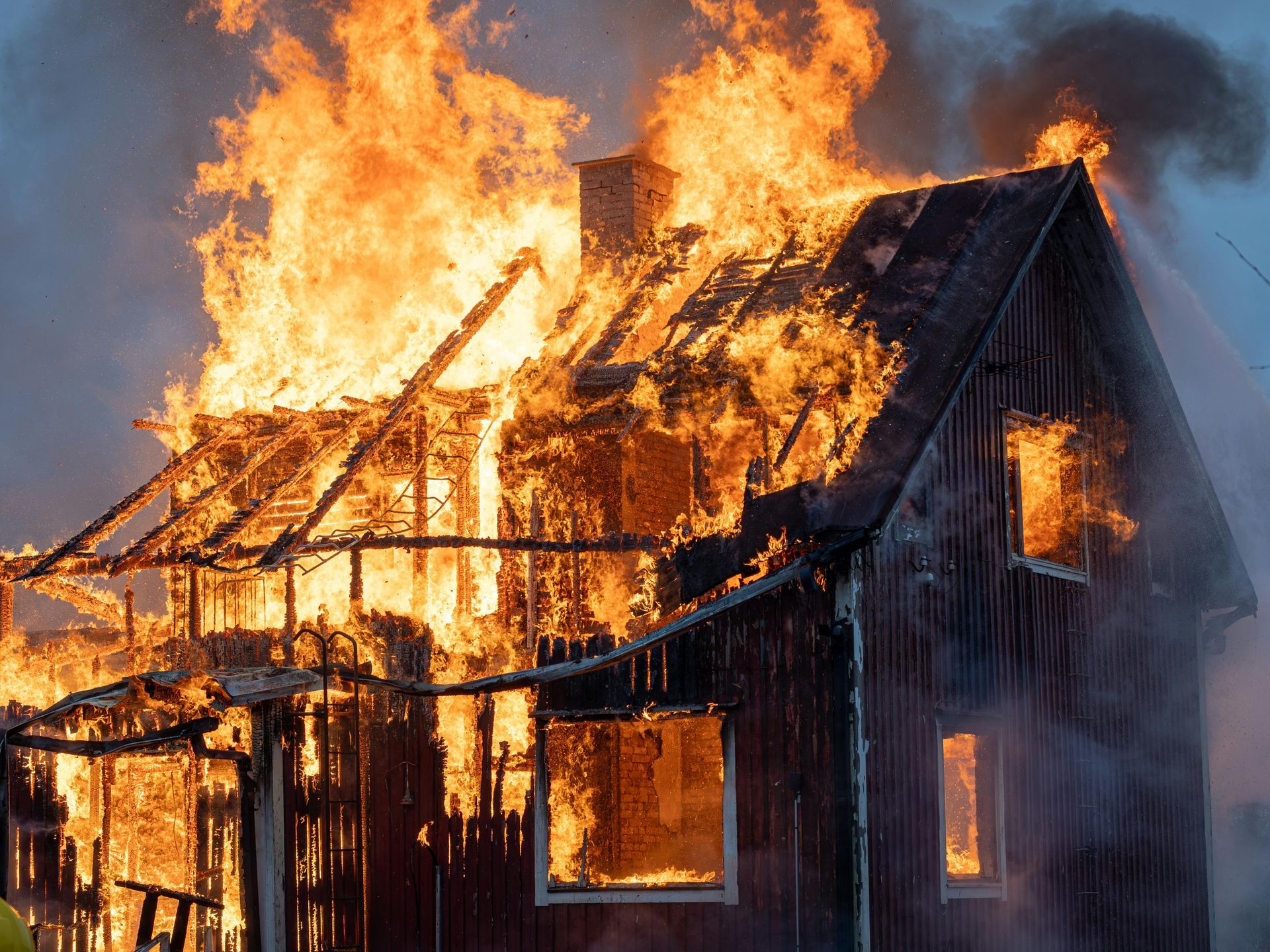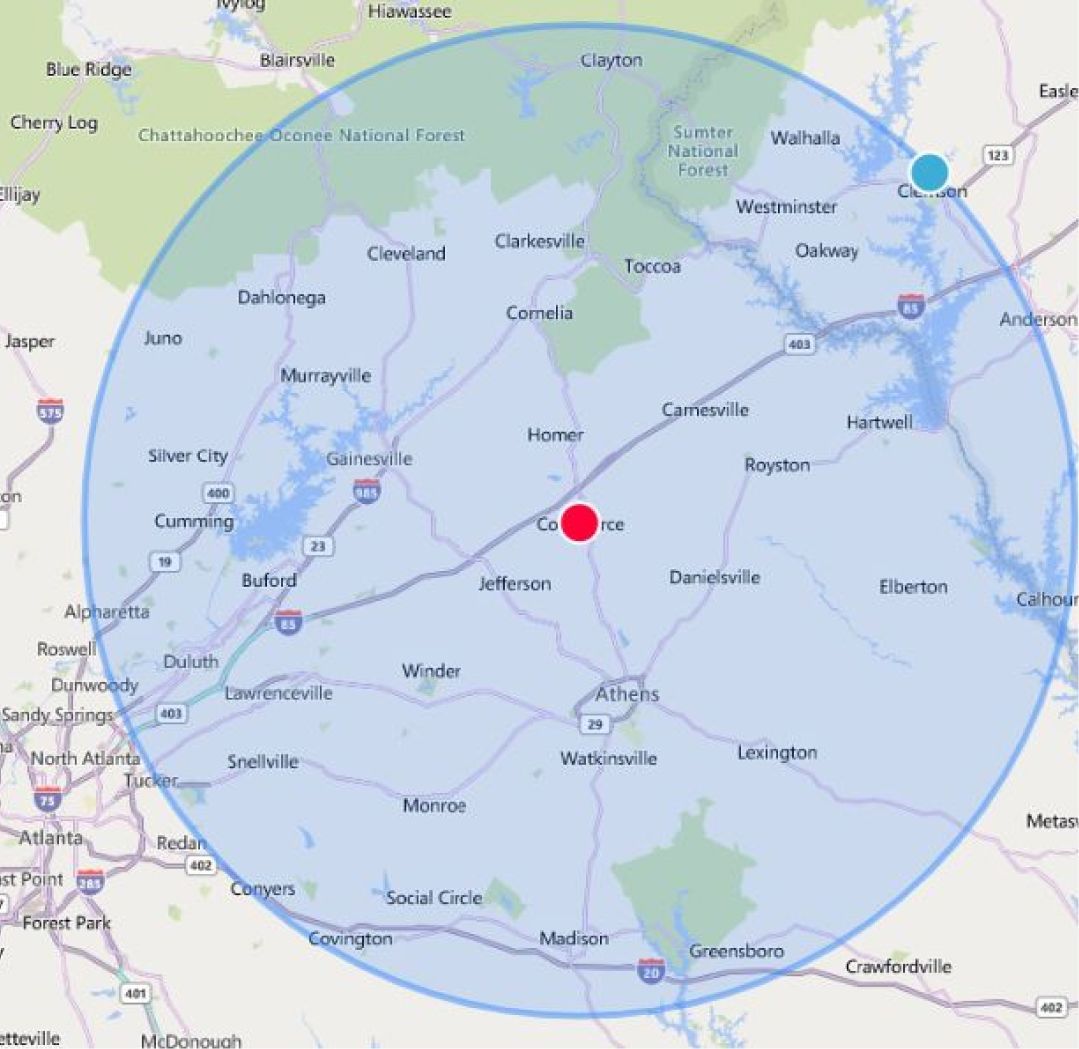Act Fast: Why Prompt Water Damage Cleanup is Crucial for Your Home

Water damage is a pervasive issue that can wreak havoc on the structural integrity and safety of homes and buildings. This form of damage often results from flooding, leaks, or high humidity, leading to problems ranging from mold growth and rot to structural weakening. The significance of prompt water damage cleanup cannot be overstated; it is vital for preserving property, preventing further deterioration, and averting secondary issues such as health hazards from mold. This article will explore the consequences of water damage, underscore the importance of immediate response to such incidents, and guide readers through effective strategies for water damage cleanup to protect their homes and well-being.
Causes of Water Damage
Water damage can originate from a multitude of sources, each posing unique challenges and requiring specific responses. Understanding these causes is essential for homeowners to prevent damage effectively or act swiftly when incidents occur.
- Leaking or Burst Pipes: Often the result of freezing temperatures, corrosion, or wear and tear over time. Leaks and bursts can release significant amounts of water into the structure of a home, leading to extensive damage if not addressed promptly.
- Malfunctioning Household Appliances: Appliances that utilize water, such as washing machines, dishwashers, and water heaters, can fail due to old age or poor maintenance, leading to water leaks that can go unnoticed until considerable damage has occurred.
- Plumbing Issues: Issues like clogged drains and sewer backups are not only unpleasant but can also cause water to overflow and penetrate areas of the home that are susceptible to damage.
- Severe Weather Events: Flooding, heavy rain, and snowmelt are powerful forces of nature that can overwhelm homes, especially if they are not properly designed or maintained to withstand such events.
- Roof Leaks or Damage: The roof is a home's first line of defense against water damage from above. Damaged shingles, tiles, or underlying structural elements can allow water to enter and damage ceilings, walls, and, ultimately, the interiors.
- Foundation Cracks or Damage: Water can enter through cracks and holes in the foundation, leading to basement flooding and undermining the structural integrity of the building.
- Overflowing Toilets or Bathtubs: Simple human errors or blockages can cause toilets or bathtubs to overflow, sending water spilling across floors and into adjacent areas.
- Natural Disasters: Hurricanes, earthquakes, and tsunamis bring catastrophic water damage, often overwhelming local mitigation efforts and causing widespread destruction.
- HVAC Issues: Leaks from air conditioning units or condensation buildup can contribute to moisture accumulation, fostering mold growth and other water-related damage.
- Human Error: Everyday mistakes can lead to sudden and unexpected water damage. Some examples are leaving a sink or bathtub running or accidentally hitting a water line during DIY projects.
Long-Term Effects of Water Damage
The long-term effects of unaddressed water damage can lead to costly secondary issues like mold growth, structural decay, and air quality problems, severely impacting a property's value and necessitating extensive repairs or even complete renovations to restore living conditions.
Mold Growth
Mold growth is a serious consequence of water damage, thriving in moist environments and spreading rapidly throughout a property. It not only causes deterioration of building materials but poses significant health risks, especially to individuals with respiratory conditions, allergies, or compromised immune systems. Exposure to mold can lead to symptoms such as coughing, wheezing, throat irritation, nasal stuffiness, eye irritation, or, in severe cases, skin irritation. Long-term exposure might exacerbate asthma or lead to more serious respiratory infections, underscoring the importance of addressing water damage swiftly to prevent mold proliferation.
Structural Damage
Structural damage is another significant repercussion of prolonged exposure to water. Water can saturate the foundational elements of a building, leading to softened wood and corroded metal and compromising the integrity of the concrete. Walls may warp or bulge, indicating severe internal damage, while floors can become uneven or sag, posing serious safety risks. Ceilings affected by water can develop stains or start to sag and, in extreme cases, may collapse. Such damage not only requires extensive and costly repairs but can also make a building unsafe for occupancy until rectified.
Electrical Issues
Water penetrating a building's electrical system poses severe safety hazards. Moisture in electrical outlets, wiring, or circuit boxes can lead to short circuits, potentially causing fires or electrocution risks. In instances where water damage is near electrical systems, the danger of power surges or the breakdown of electrical insulation increases, compromising the safety of inhabitants. Flooded basements may endanger electrical appliances or heating systems, making them hazardous to operate. These electrical issues underscore the critical need for immediate water damage remediation to prevent such dangerous outcomes.
Health Risks
Water damage and subsequent mold growth pose significant health risks to occupants of affected buildings. Prolonged exposure to mold can lead to respiratory problems, including asthma exacerbation, allergic reactions, and immune system disorders. People with pre-existing health conditions may experience heightened symptoms, while those without prior health issues could develop sensitivities.
Additionally, the presence of water can facilitate the growth of other harmful organisms, further compromising indoor air quality and potentially leading to more severe health issues over time, making prompt and effective remediation essential.
Decrease in Property Value
Water damage can significantly impact the value of a property by necessitating expensive repairs and lowering its market appeal. The financial burden of addressing mold removal, structural repairs, and electrical system overhauls can quickly escalate, often costing thousands of dollars. Additionally, properties with a history of water damage can see a marked reduction in their value, as potential buyers may be wary of investing in a home with potential hidden issues or ongoing maintenance challenges. This decrease in value can make it more challenging to sell a property, ultimately affecting its overall marketability and profitability.
Increased Risk of Future Water Damage
Once a property has suffered water damage, its resilience to future water events diminishes, potentially leading to a vicious cycle of damage. For example, water-logged wood structures become weaker, more porous, and susceptible to further water intrusion. Similarly, repeated exposure to moisture can exacerbate foundation cracks, making them more prone to leaks. Even minor subsequent water incidents can cause disproportionate damage due to the compromised structural integrity, underscoring the heightened vulnerability of water-damaged properties to enduring and escalating future water-related damages.
Unpleasant Odors and Reduced Indoor Air Quality
Water damage can lead to unpleasant odors and significantly reduced indoor air quality, creating an environment that is not only uncomfortable but potentially harmful to health. These odors often result from the growth of mold and mildew, which thrive in damp conditions. Over time, exposure to these smells and the poor air quality they indicate can exacerbate respiratory issues, trigger allergies, and contribute to a downturn in overall well-being. People living or working in buildings affected by water damage may experience persistent health issues, highlighting the need for prompt and effective remediation to ensure a healthy indoor environment.
Pest Infestations
Water damage creates ideal conditions for pest infestations, as many pests are attracted to moist environments. Damp areas provide the perfect breeding ground for insects like mosquitoes, which lay eggs in standing water. Similarly, termites and carpenter ants are drawn to wet wood, which can lead to severe structural damage over time. Rodents, such as rats and mice, may also be attracted to water-damaged properties due to the availability of water sources and potential nesting sites. These infestations not only compound the damage but can also pose additional health risks to occupants.
Discoloration and Staining
Water damage often leads to discoloration and staining on walls, floors, and ceilings, which can significantly detract from the aesthetics of a building. These visual markers of degradation are typically the result of mold growth or the leaching of materials due to prolonged exposure to moisture. Over time, what begins as minor staining can evolve into extensive discoloration, making spaces appear unkempt and deteriorated. Such damage not only affects the immediate appeal of a property but can also lead to a perception of neglect, impacting the overall ambiance and value of the building.
Inefficient Energy Usage
Water damage can severely impair HVAC systems, resulting in inefficient energy usage and elevated costs. For instance, moisture can cause ductwork to rust or mold to grow within the system, compromising airflow and forcing the HVAC unit to work harder to maintain desired temperatures. This increased strain not only leads to higher energy bills but also shortens the lifespan of the HVAC equipment.
Additionally, water-damaged insulation loses its effectiveness, leading to further energy wastage as heat escapes more readily in winter and cool air in summer.
The Importance of an Immediate Response
Quick and decisive action in the aftermath of water damage is critical to minimize long-term consequences and prevent the onset of further issues, such as mold growth and structural damage. The initial 24 to 48 hours post-incident serve as a crucial window for mitigating potential mold development, a problem that can escalate into serious health risks and structural integrity concerns if not promptly addressed. During this period, it is vital to halt the source of water intrusion, whether by repairing a leak or shutting off the water supply, and swiftly remove any standing water. Utilizing tools like wet vacuums and pumps facilitate the removal of water, while industrial-grade dehumidifiers and air movers can significantly expedite the drying process of affected areas, curbing the humidity levels that foster mold growth. These efforts, combined with thorough cleaning and disinfecting, are indispensable in safeguarding the property from the immediate and long-lasting impacts of water damage. By employing these tools and techniques promptly, homeowners can significantly reduce the potential for secondary damage, ultimately saving on the costs and labor associated with extensive repairs.
Working with Water Damage Professionals
Engaging the services of water damage professionals provides a multitude of benefits, chief among them being their expertise in swiftly and efficiently addressing water damage, thereby preventing long-term issues and additional expenses. These specialists are equipped with industry-grade equipment and possess the technical know-how to perform extensive water extraction, mold remediation, and structural repairs. They can accurately assess the extent of water damage, identify potential health hazards such as mold, and implement effective solutions to mitigate these risks. Their comprehensive approach ensures that all aspects of water damage, from initial extraction and drying to final restoration efforts, are handled with precision and care.
When searching for a reputable and reliable water damage professional, it is essential to consider several key factors. First, look for certifications or accreditations from recognized industry organizations that signal a provider's commitment to high standards and ongoing training. Reviews and testimonials from previous clients can offer insights into the quality of service and customer satisfaction. Additionally, ensure that the company is licensed and insured, providing an extra layer of protection and peace of mind. Prompt, transparent communication, a detailed assessment of the damage, and a proposed treatment plan are also critical elements in choosing the right professional for the job.
Act Fast – Get In Touch Now!
When dealing with the daunting aftermath of water intrusion, choosing the right experts for water damage repair is crucial. Renew by Grewe Restoration offers top-notch services to swiftly address and repair water damage, ensuring your property is restored to its pre-damage condition with minimal disruption. Our team is equipped with advanced technology and expertise to tackle any water damage scenario effectively. Don't wait for the damage to escalate. Act swiftly to mitigate further loss. Call Renew by Grewe Restoration now for immediate, professional assistance. Trust us to be your best option in restoring safety, comfort, and peace of mind.



